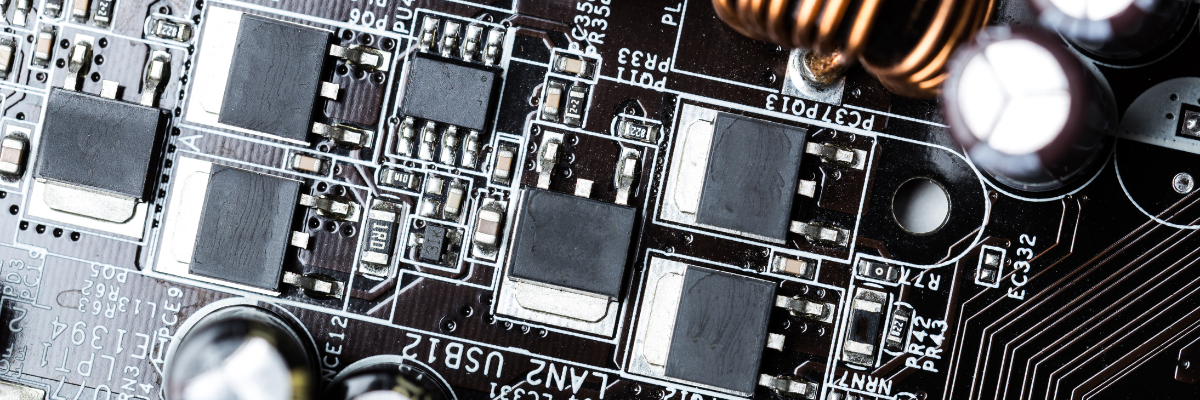PCB Fabrication Capabilities – Things You Must Know

PCB Fabrication Capabilities – Things You Must Know
Printed circuit boards (PCBs) are truly the backbone of any electronic device as the functionality of the system and its and additional features depends on the proper wiring and connectivity facilitated by these boards. Hence, they are found in a number of devices from basic calculators and computers to integrated industrial systems and microelectronics in modern devices, and so on. Owing to their increasing use in various devices and the subsequent surge in demand, many manufacturers today specialize in making boards with complex designs and custom options. Printed circuit board manufacturing capabilities depend on several factors such as design complexity, components to be mounted on the board, material used, and more. These may vary with every PCB manufacturer and assembler. Hence, it is crucial as a client to measure a player’s ability and flexibility to meet specific application requirements. If an OEM requires a PCB with a complex design and niche features, they must look for PCBA manufacturers with experience in that segment and capabilities to meet their requirements. Would you like to know more about PCB manufacturing capabilities to look for before partnering with a PCB manufacturer? If yes, then this post highlights various aspects of PCB manufacturing capabilities.
Typical PCB Fabrication Capabilities Features
Here is the complete list of factors listed as PCB manufacturing capabilities the most reliable PCB assembly service provider offers. These capabilities slightly differ depending on the application requirements and the service provider.
-
Design Capabilities: This is the first and the most crucial step in circuit board manufacturing. Most manufacturers offer advanced designing capabilities such as CAD software, high-speed designs, multi-layer PCBs, and more. Computer-aided design or CAD is widely preferred by designers to create PCB layouts due to its precise component placements, routing, and optimization. Multi-layer PCB is a necessity of modern electronics with complex functionalities fitted in miniature sizes. Hence, PCB manufacturers design and produce PCBs with multiple layers, accommodating more components in a compact size board. Today, high-frequency communication or data processing applications demand PCBs with stringent signal integrity. PCB manufacturers create boards with controlled impedance, minimal interference, and signal loss. Using Design for Manufacturing (DFM) is one of the best practices most manufacturers follow for accurate and efficient designs.
-
Materials and Substrates: A wide range of materials and substrates are used in PCB fabrication. Fiberglass or FR4 is the most popular one, mainly owing to its beneficial chemical and physical properties. FR4 keeps all electronic components intact in their positions. Copper weight and surface finishes are essential aspects of PCB manufacturing. Different PCBs come with different copper weights, influencing their current carrying capacity. Today, PCB manufacturers produce boards with varying copper thicknesses to meet specific requirements. The surface finish acts as a protective layer, ensuring longevity of the board. Different surface finishes are available for PCBs, including electroless nickel immersion gold (ENIG), hot air solder leveling (HASL), and organic solderability preservatives (OSP). However, the choice depends on several factors such as cost, lead time, and application.
-
Silkscreen: It is an ink-based layer coated on the circuit board that provides labeling, marking, or other important information about the components. It is printed in white, red, black, or yellow, making it easy for technicians to identify and place the components during the assembly process accurately. Silkscreen helps improve the circuit board's efficiency, accuracy, and aesthetics.
-
Fabrication Techniques: Circuit board manufacturing involves several advanced processes including heatsinks, countersinks, counterbores, edge plating, routed array, and edge castellation. Which technique to use is entirely based on the application requirements.
-
Prototyping and Customization: These two are some of the most important PCB manufacturing capabilities, considering today’s demands. Depending on the application requirements, PCB manufacturers produce small-scale custom PCBs and prototypes for future references and research purposes. They also serve as a base for developing new versions. This is a cost-effective option for making prototypes and small-scale projects of OEMs. Rapid prototyping offers quick turnaround times, and allow experts to test their design before attempting full-scale production.
-
Quality Controls: This is paramount in PCB manufacturing. A reliable manufacturer can perform rigorous circuit board testing, including functional and electrical tests. Aside from visual inspections, automated optical inspection (AOI) is an effective process used by many assemblers. Quality control ensures that PCBs meet specified requirements. Most assemblers adhere to ISO quality standards, ensuring consistent quality and reliability.
If your next electronics application demands complex printed circuit boards, it is important to consult an industry-leading PCB manufacturer and assembler that can fulfill your requirements. Before committing or partnering, ensure you check their capabilities and certifications. Twisted Traces stands out among its other competitors. With their expertise in PCB manufacturing and the ability to provide customized end-to-end solutions, Twisted Traces is a preferred choice for fulfilling your specific and complex requirements. Contact their experts today to discuss your PCB requirements.
.png)



.png)
